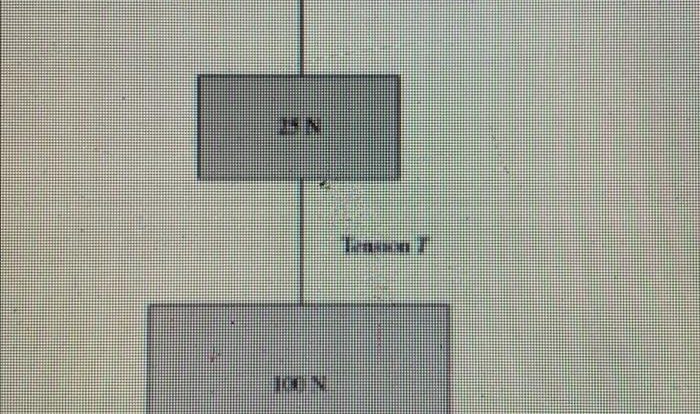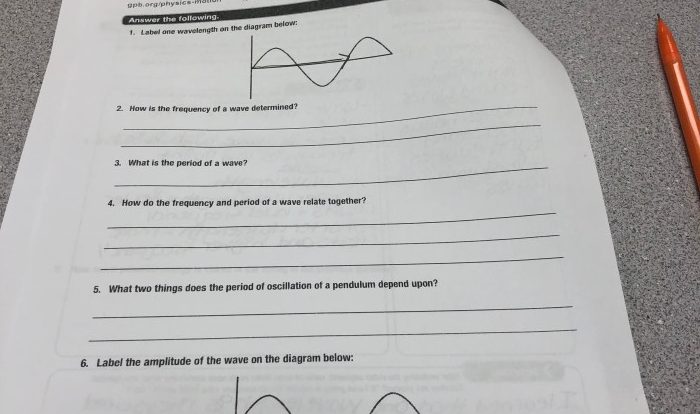Force and momentum problems worksheet – Delve into the realm of force and momentum problems with our comprehensive worksheet, meticulously crafted to empower you with the tools to conquer these intriguing challenges. Prepare to unravel the mysteries of motion as we guide you through the fundamental concepts and problem-solving techniques that will transform you into a force and momentum virtuoso.
Within these pages, you will embark on a journey of discovery, delving into the intricacies of force, its units of measurement, and its profound relationship with momentum. The conservation of momentum principle will unfold before your eyes, revealing the elegance and predictability that govern the interactions of objects in motion.
Force and Momentum Concepts
Force and momentum are two fundamental concepts in physics that describe the interactions and motion of objects. Understanding these concepts is crucial for analyzing and predicting the behavior of objects in various situations.
Force
Force is a vector quantity that describes an interaction that can change the motion of an object. It is measured in newtons (N), and its direction indicates the direction in which the force is applied.
- Force can be applied in various forms, such as a push, pull, or gravitational force.
- The net force acting on an object determines its acceleration, as described by Newton’s second law of motion (F = ma).
Momentum
Momentum is a vector quantity that describes the motion of an object. It is defined as the product of an object’s mass and velocity and is measured in kilogram meters per second (kg m/s).
- Momentum is a conserved quantity, meaning that the total momentum of a closed system remains constant in the absence of external forces.
- The conservation of momentum principle is essential in analyzing collisions and other interactions between objects.
Problem-Solving Techniques
Solving force and momentum problems requires a systematic approach that involves identifying key variables, analyzing forces, and applying the appropriate equations. This step-by-step guide will provide a comprehensive framework for tackling these problems effectively.
The key variables involved in force and momentum problems include mass, velocity, acceleration, force, and time. Understanding the relationships between these variables is crucial for solving problems accurately.
Free-Body Diagrams
Free-body diagrams are graphical representations of all the forces acting on an object. They are essential for analyzing forces and determining the net force acting on an object. To construct a free-body diagram, identify all the forces acting on the object and draw vectors representing each force.
The length of each vector should be proportional to the magnitude of the force.
Sample Problems and Solutions
This section presents a collection of sample problems involving force and momentum, along with their detailed solutions. These problems are designed to cover a range of scenarios and concepts, providing students with opportunities to apply their understanding of force and momentum in different contexts.
Each problem is presented in a table format, which includes the following columns:
- Problem Statement:A concise description of the problem.
- Free-Body Diagram:A visual representation of the forces acting on the object(s) involved in the problem.
- Equations Used:A list of the equations and principles used to solve the problem.
- Solution:A step-by-step explanation of the solution process, including the reasoning behind each step.
The solutions are provided in a clear and concise manner, explaining the reasoning behind each step and highlighting the key concepts involved. By working through these problems, students can develop their problem-solving skills and gain a deeper understanding of force and momentum.
Sample Problems, Force and momentum problems worksheet
The following table presents a selection of sample problems involving force and momentum. Each problem is designed to cover a different scenario and concept, providing students with a variety of challenges to solve.
| Problem Statement | Free-Body Diagram | Equations Used | Solution |
|---|---|---|---|
| A 2.0 kg object is moving at a velocity of 5.0 m/s. A force of 10 N is applied to the object for 2.0 seconds. What is the final velocity of the object? | [Free-body diagram of the object with the applied force shown] |
|
|
| A 5.0 kg object is at rest. A force of 20 N is applied to the object for 3.0 seconds. What is the momentum of the object after the force is applied? | [Free-body diagram of the object with the applied force shown] |
|
|
| A 10 kg object is moving at a velocity of 10 m/s. It collides with a 5 kg object that is at rest. The two objects stick together after the collision. What is the velocity of the combined objects after the collision? | [Free-body diagram of the two objects before and after the collision] |
|
|
Applications in Real-Life Situations
Force and momentum principles have a wide range of practical applications in various fields, including sports, transportation, and engineering. Understanding these concepts allows us to comprehend and predict the behavior of objects in the physical world.
In sports, force and momentum are crucial for analyzing athletic performance. For instance, the force applied by a sprinter during the starting block determines their acceleration and overall speed. Momentum conservation explains the exchange of momentum between a soccer player and the ball during a kick.
Transportation
Force and momentum are essential for designing and operating transportation systems. Engineers consider the forces acting on vehicles, such as friction and air resistance, to optimize their performance and safety. Momentum conservation helps determine the stopping distance of a car based on its mass and velocity.
Engineering
Force and momentum principles are used in various engineering applications. For example, in structural engineering, understanding the forces acting on a building is crucial for ensuring its stability. Momentum conservation is applied in the design of airbags and crumple zones in vehicles to minimize the impact of collisions.
FAQ Guide: Force And Momentum Problems Worksheet
What is the key difference between force and momentum?
Force is a vector quantity that describes an interaction capable of changing an object’s motion, while momentum is a vector quantity that measures the quantity of motion possessed by an object.
How is the conservation of momentum principle applied in real-life situations?
The conservation of momentum principle finds applications in various fields, including sports (e.g., calculating the trajectory of a thrown ball), transportation (e.g., designing safer vehicles), and engineering (e.g., analyzing the impact forces in structures).
What is the significance of free-body diagrams in force and momentum problems?
Free-body diagrams are crucial for visualizing and analyzing the forces acting on an object. They provide a systematic approach to identifying and understanding the forces that influence an object’s motion.



